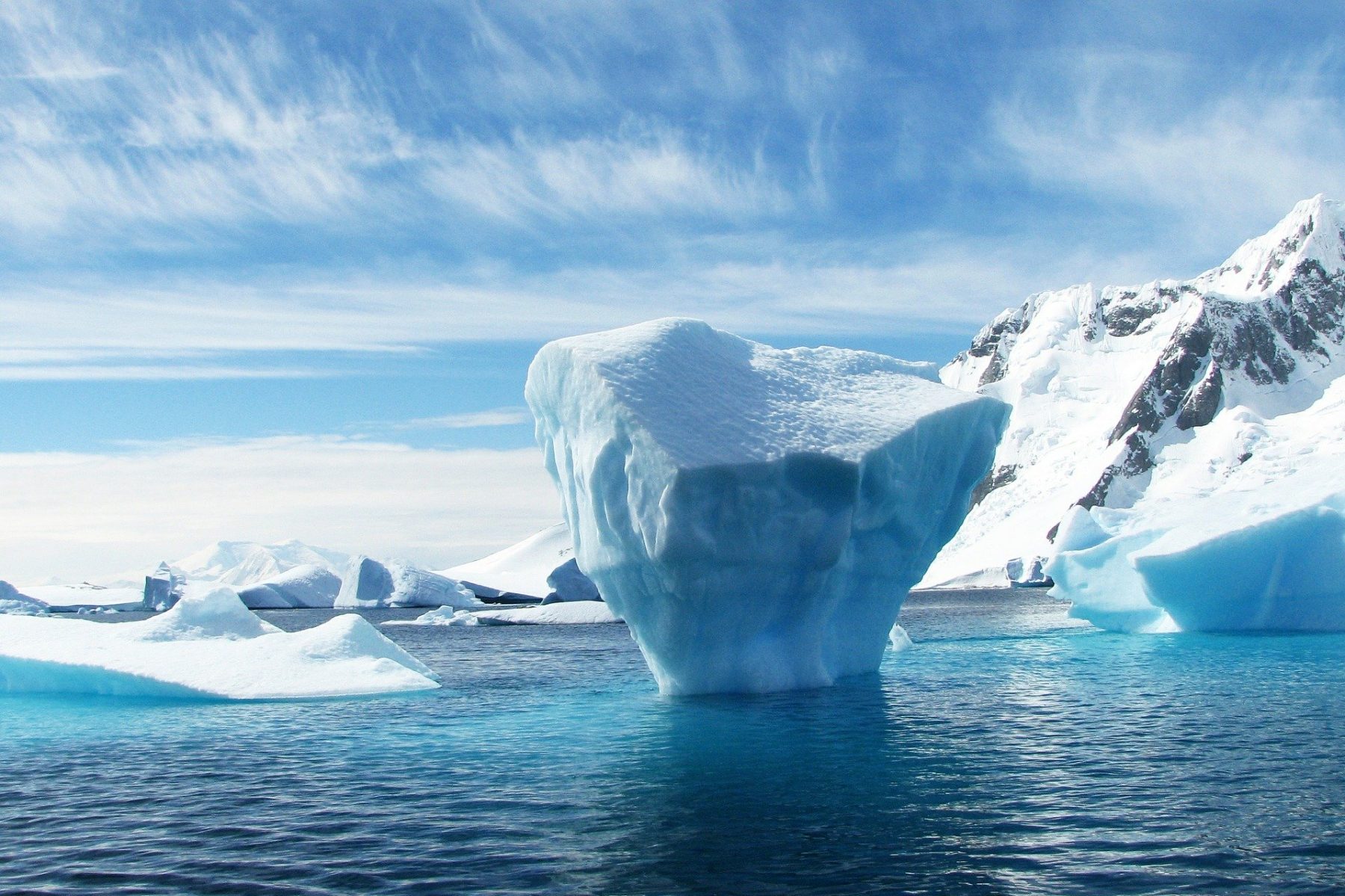It ranges from monetary literacy and financial education to digital media use and growth education or world education. The ensuing data have been analysed to determine frequent trends, gaps, strengths, and weaknesses in relation to the content and pedagogical approaches to local weather education in formal and non-formal education settings all through Europe. This free resource for states and districts was developed by practitioners within the subject through the National Forum on Education Statistics. Watch a short video on how IES is supporting the event and use of independent education analysis, evaluation, and statistics.
Putting Research to Work in EducationThe Regional Educational Laboratories work with educators and policymakers to address real-world challenges in education and enhance teaching and learning. This program provides college students with additional theoretical and applied information of instructional counseling which are apt to international challenges. This program provides students with technological and pedagogical abilities to complement teaching learning processes.
Moreover, college students may attend schools with inadequate materials assets and facilities and will attract less certified teachers than students attending schools in more affluent cities and suburbs. In addition to these four overarching Main Competencies, academics should also incorporate Basic Competencies which are specific for every topic and grade stage. The Basic Competencies target cognitive and psychomotor domains associated to particular subject material and likewise emphasize the use of student-centered, constructivist, and lively learning strategies. As such, academics are anticipated to engage students in active studying and to additionally make use of genuine assessments designed to measure students’ achievement in each competency and to assess students’ content understanding. Recently, education has been extended to also embrace pre-school education for younger learners .
The proven reality that many students don’t take physics in highschool makes it harder for these students to take scientific programs in school. One key improvement was the founding of the primary London School Board in 1870, which discussed the college curriculum; another was the initiation of courses to produce the nation with skilled science teachers. Education sciences or education principle (traditionally usually known as pedagogy) seek to explain, perceive, and prescribe education policy and follow. Education sciences embrace many matters, such as pedagogy, andragogy, curriculum, learning, and education policy, group and leadership. Educational thought is informed by many disciplines, corresponding to history, philosophy, sociology, and psychology. This analysis used Novakian concept mapping and interview strategies to track adjustments in knowledge and understanding amongst college students and their supervisors in the center of full-time analysis towards a laboratory science-based PhD.
Some of the variations in students’ college participation and faculty drop-out charges could be attributed to disparities in economic opportunities for families, especially in rural provinces and in mountainous areas. Takahashi found that components, such parental education and the socioeconomic standing of native communities, are correlated to excessive school enrollment rates. Students from wealthier families and students dwelling in communities with a excessive proportion of scholars enrolled in class are probably to attend faculty more frequently than college students from economically disadvantaged households and who live in communities where peers are often absent from school. Also, the variety of colleges in this space may be limited and the access is troublesome for faculty students. For example, in Papua, the province with the best percentage of people living in poverty and with a topography dominated by mountains, there are only about 3000 faculties serving an area of more than 300,000 km.
For example, in 2018, the central government introduced that around a hundred,000 new lecturers can be employed to help scale back the current trainer shortage. Actively participating students in science studying quite than counting on teacher-directed instruction may be quite difficult, as licensed teachers in public faculties are required to teach a minimum of 24 classes per week. While this number could seem low, assembly this minimum requirement is definitely fairly troublesome.
